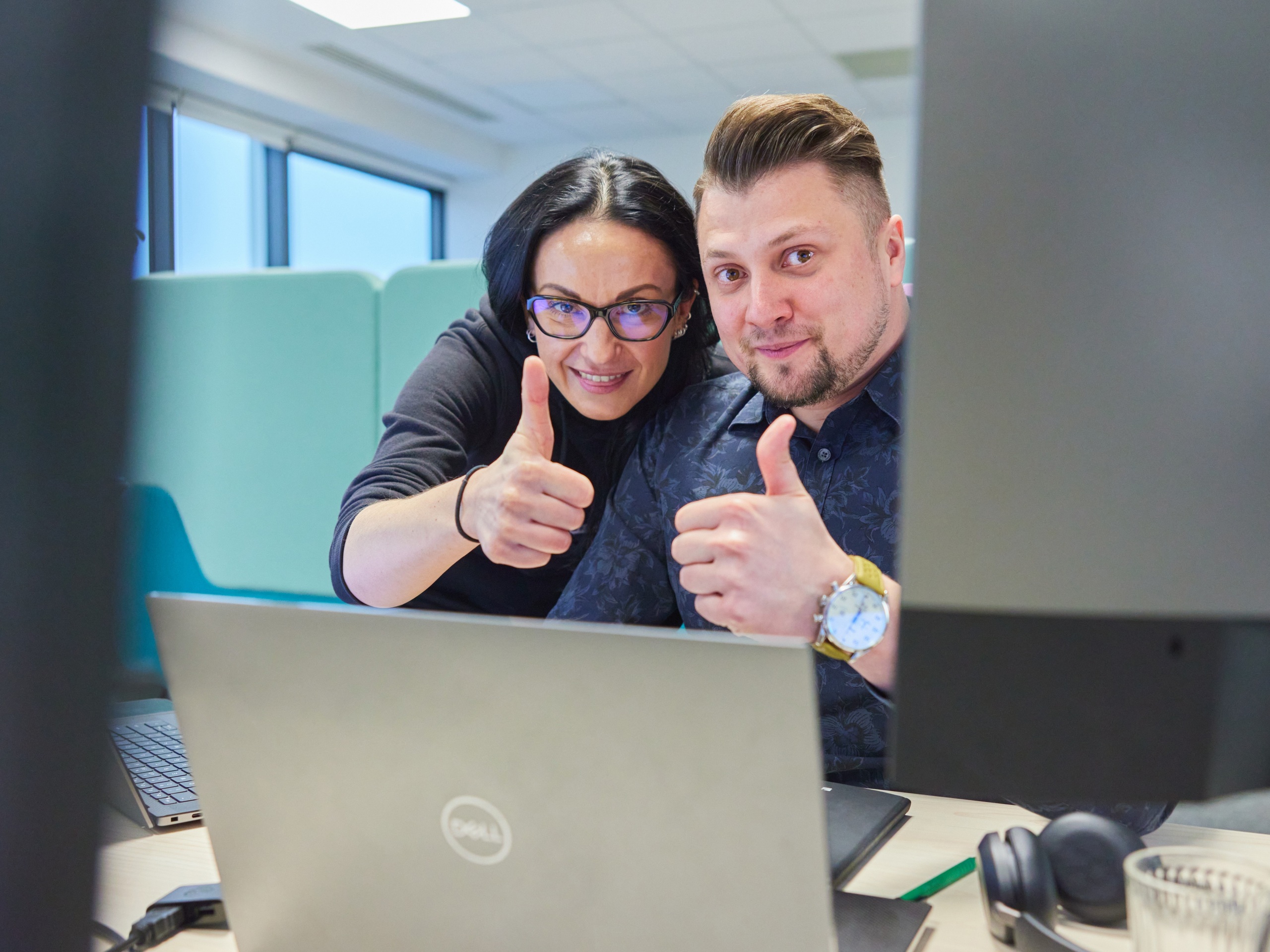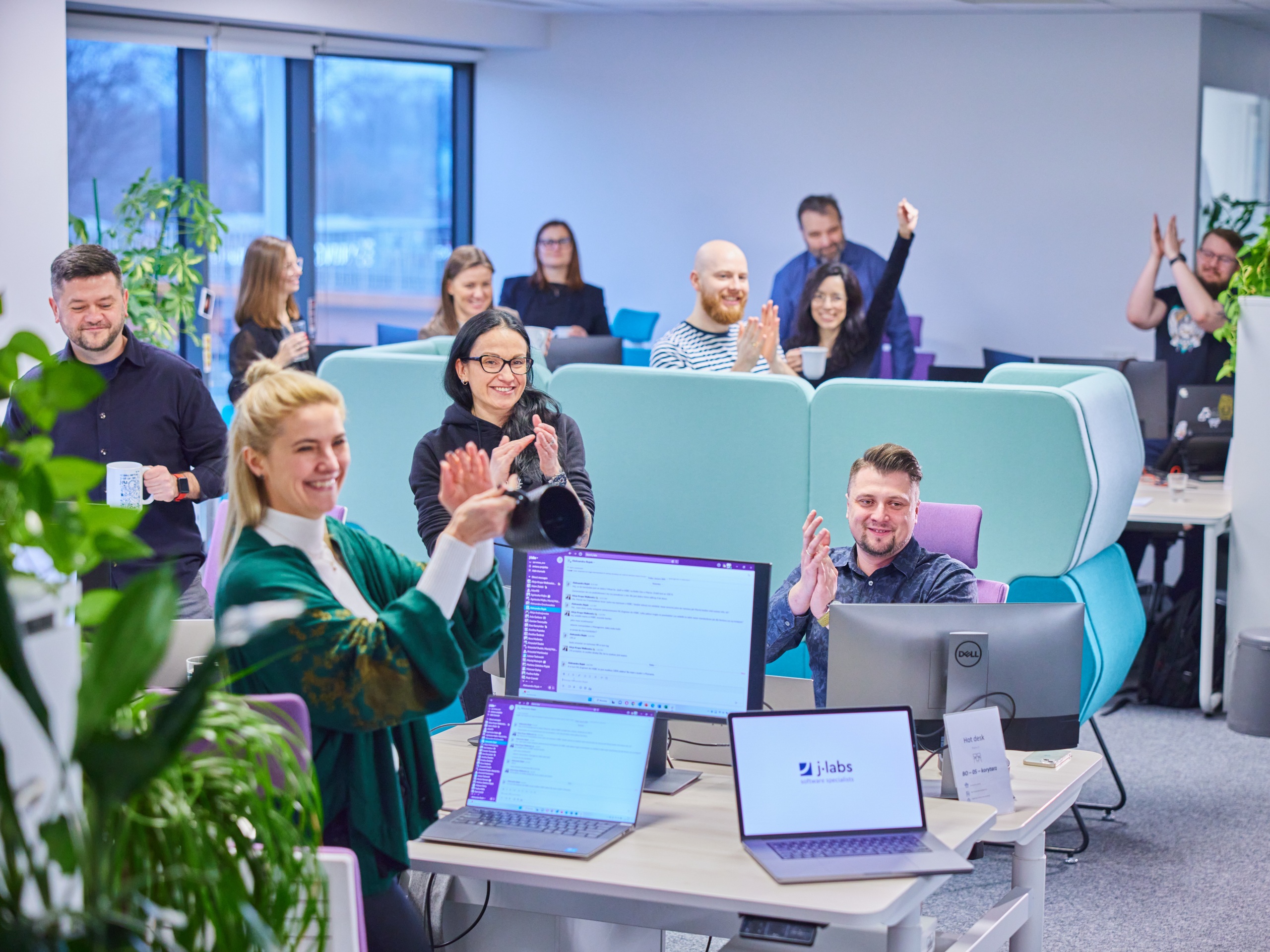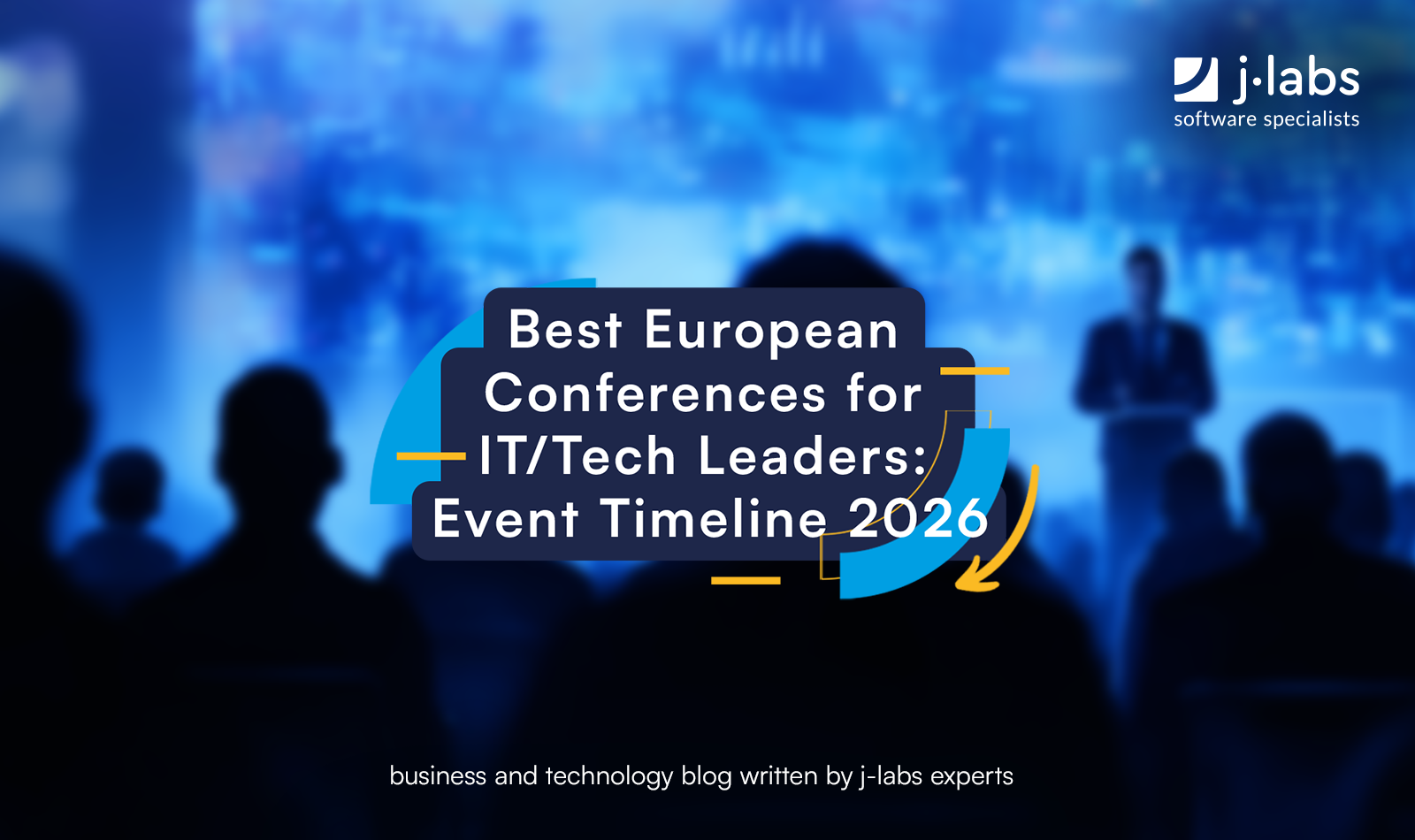A practical guide for IT managers: how to maintain consistency in multigenerational teams
Despite differences in approaches to life, work, upbringing, and education, a multigenerational team can function as a single entity and contribute to the company’s development. However, for this to happen, you need to start with the right recruitment, which will not be possible if you do not find out what individual team members expect from their work and how they think. How can this be done? You will find the answer below!
What are the benefits of multigenerational IT?
Multigenerational IT is more than just age diversity. It is primarily an exchange of experiences, a mix of different interests, personalities, skills, needs, and other perspectives on technology.
Older generations, today most often represented by Generation X and older millennials, gained their skills at a time when technology was just developing. They bring to teams a deeper understanding of how systems work, the ability to think logically, and a critical approach to new trends.
Younger generations grew up in a fully digital world. Their strength lies in their natural ease in working with modern tools, quick adaptation to change, and willingness to learn through practice. However, immersion in technology from an early age does not always mean greater creativity. Often, the experience and distance of older specialists help younger specialists better understand the context and learn to use tools consciously.
What are some good practices for managing a multigenerational team in IT?
Good management starts with getting to know the needs of all groups, understanding their way of thinking, and their expectations of the workplace. For example:
- Baby boomers (people born between 1946 and 1964) value stability and security. They feel best when they know they are needed. They are aware of the need to train and expand their skills. They prefer face-to-face communication and can serve as mentors in an IT environment.
- Generation X (people born between 1965 and 1979) also appreciate stability and often stay with one company for many years. A decent salary and a good work-life balance are important to them. This generation values clear rules, transparent career paths, and the ability to make independent decisions. Like baby boomers, they can serve as mentors in the IT environment.
- Generation Y (people born between 1980 and 1989) focuses on development and devoting time to their passions. They like working for themselves and developing, while also valuing their free time. Challenges are important to them, and social media is an integral part of their lives.
- Generation Z (people born between 1995 and 2000) wants to acquire new skills and develop. They strongly value a positive atmosphere, flexibility, appreciation, and a sense of purpose in the workplace.
- Generation Alpha (people born between 2010 and 2025) values real-world connections and authentic relationships, despite growing up in a technological world. In many cases, they prefer remote work and flexible working hours.
Although each generation differs from the next, there are specific common characteristics. Each group wants to feel that their work is meaningful and that they have opportunities for development and cooperation with others.
With all this information, effective management methods can be implemented. According to a report by the Central Institute for Labor Protection – National Research Institute, several areas of good practice for managing a multigenerational team can be identified.
The first is the involvement of senior management, i.e., actively supporting age diversity through explicit declarations, real actions, and setting an example for the entire organization. The second practice is the conscious creation of an intergenerational team, i.e., skillfully combining older and younger IT specialists. The third refers to a well-designed recruitment process that tests how a candidate will cope with working in a multigenerational team. Here, the entire hiring process must be fair, focus on skills, and offer equal opportunities to both older and younger specialists. The fourth way is to ensure the integration of employees from different generations. It is vital to create an organizational culture that supports the functioning of age-diverse teams.
Finally, it is worth remembering that no team will function well if the project’s goal is not clearly defined, specific tasks are not assigned, and each member’s role is not defined.
Generation is not everything—the individual matters
It is not only important what Generation Z, Y, or Alpha may want. It is essential to know how each group generally thinks. This is clearly illustrated in the report “What motivates IT people and how to work with them” by Reiss Motivation Profile, which clearly emphasizes that developers expect clear and specific messages, a lot of support from their supervisor, clearly defined and short-term tasks, and a minimum of situations in which they have to take responsibility and make serious decisions on their own.
However, despite all this valuable data, each of us is different. We are all very different from each other, and although reports are helpful, it is not worth basing all your knowledge about people management solely on them, because the real source lies in the person and in talking to them.
That’s why in our recruitment approach, we focus on attitudes. We respect different generations and their perspectives, but we also do not pretend that there are no differences between them. During recruitment, we check whether the person we want to hire shares our values and attitudes.
So if you want to find the best specialists for your team, make sure that potential candidates have the right attitude towards intergenerational cooperation, or take advantage of a ready-made solution – our help. We have been providing qualified specialists to teams for 15 years! We helped a global technology company in the Revenue area build a complete, highly specialized team of engineers to accelerate development and streamline two related tools supporting customer migration to a new platform. We can help you too! Write to us about what you need to complete your project, and we will match you with the best solutions.
Meet the geek-tastic people, and allow us to amaze you with what it's like to work with j‑labs!
Contact us



